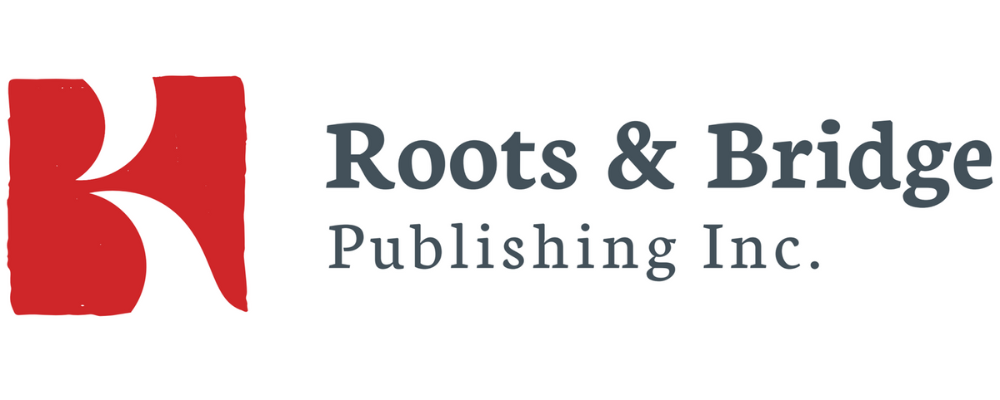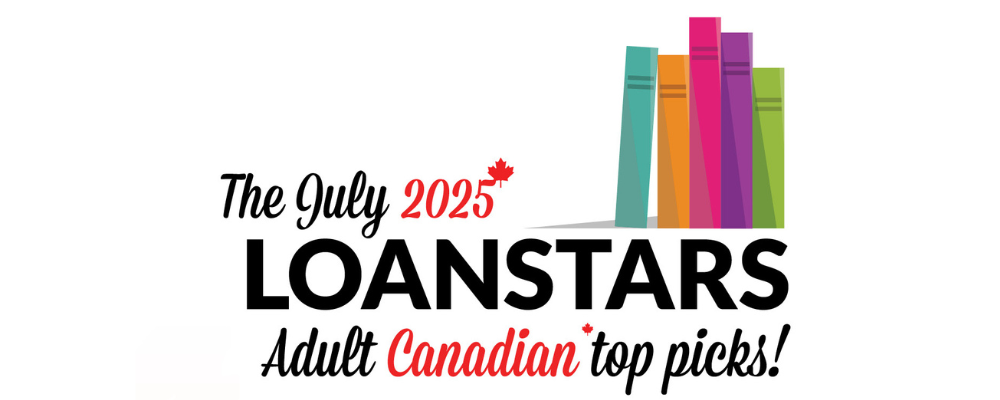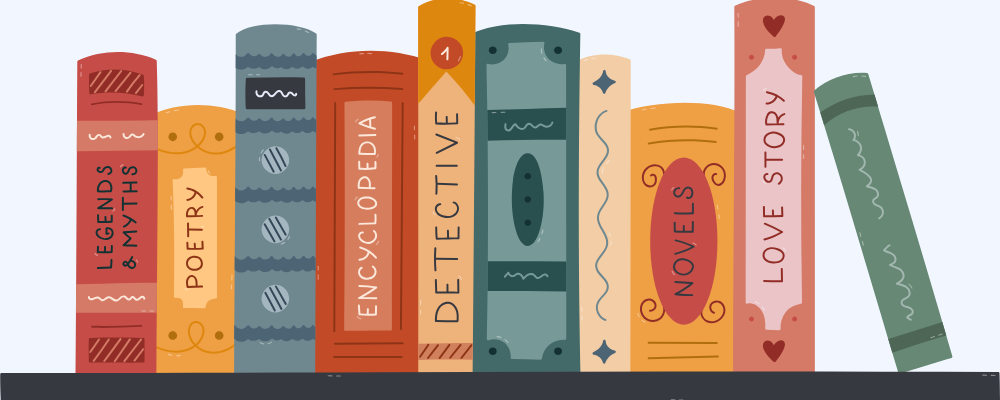What’s been the impact of COVID-19 on book buying in the first half of 2021? Let’s take a look at the results from the Canadian Book Consumer survey, a quarterly survey conducted by BookNet Canada querying Canadian readers about their book purchasing behaviour. The online survey was fielded primarily in May and July 2021 among approximately 4,936 English-speaking Canadians over the age of 18. From this group, 1,039 respondents who met our screening criteria were classified as ‘buyers’.
But before we jump into the data, here’s some additional information that will help you understand the year-over-year comparisons we’ll make. 2020 surveys were fielded in April, July, and October 2020 and January 2021 among a total of 12,022 English-speaking Canadians over the age of 18; 2,750 of the respondents were classified as ‘buyers’. In 2019, surveys were fielded in April, July, and October 2019 and January 2020 among a total of 12,167 English-speaking Canadians over the age of 18; 2,877 of the respondents were classified as ‘buyers’.
Also, it’s important to remember that most of the data shared comes from questions that asked respondents about their previous month's book-related behaviour, meaning that, for instance, respondents surveyed in May were asked about their April book buying behaviour.
COVID-19’s hold on buying and borrowing lowered in the first half of 2021
For more than half of Canadians, COVID-19 is now no longer impacting their book buying and borrowing. In the first half of 2021, 40% of Canadians said that the pandemic impacted their book borrowing, slightly more than for book buying (36%). In 2020, COVID-19 impacted the book buying for 62% of buyers.
Canadians visited more bookstores than libraries — online and in-person — during the first half of 2021
Slightly more than half of Canadians visited a bookstore or library in-person or online at least once in the first half of 2021 (55%) — 46% visited a bookstore and 34% a library. When we compare the frequency of visits between libraries and bookstores, we found that those who visited five or more times a month mostly either visited the bookstore online (9%) or visited the library in person (9%). During the first half of 2021, most visits to a bookstore were online (39%) vs. in person (24%).
Canadians said they want physical bookstores
About eight in ten Canadians believe that it’s important for society to have physical bookstores for people to visit — 76% of all respondents and 79% of buyers. In fact, 57% of all respondents and 63% of buyers report having a physical bookstore located near them in the first half of 2021. When we look at whether this translated into visits to a physical bookstore in the past month, we found that 24% of Canadians did visit a physical bookstore in the first half of 2021, the same was true for 49% of buyers.
Frequency of in-person and online visits to a bookstore for all respondents
Book purchases were higher amongst book buyers that visited bookstores in person
Canadians who visited a bookstore in person at least once bought, on average, 0.1 more print books (0.4) than those who visited a bookstore online (0.3) in the first half of 2021. When it comes to digital books purchases during the same period of time, Canadians reported buying 0.2 ebooks and 0.1 audiobooks.
The main reason for in-person visits to bookstores was browsing books to pass the time
The reasons why Canadians visited physical bookstores are:
to browse books to pass the time (24%),
to browse for books to buy (21%),
to browse book deals or sales (20%), and
to browse new releases (20%).
16% of Canadians visited to buy a gift, 10% to pick up an order, 6% to pre-order a book, and 4% to specifically find local/regional Canadian authors.
The main reason for online visits to bookstores was browsing for sales
The reasons why Canadians visited online bookstores are:
to browse for sales (26%),
to browse new releases (25%),
to browse to pass the time (21%),
to compare prices (20%),
to look for a specific book to buy it in a specific format (18%), and
to look for a specific book/author (18%).
Book descriptions were a decisive factor when choosing whether to buy or borrow
When deciding between buying or borrowing a book, almost half of Canadians read the book description (48%) as one of the actions taken beforehand. Other popular actions that helped with decision-making are:
seeing what the subject/genre is (30%),
seeing who the author is (28%),
reading reviews about the book (26%),
looking at the cover (26%), and
checking if the library has it (20%).
When we filtered this question to only buyers, reading the book description remained the most popular action (51%), slightly higher than the 48% of all respondents. In fact, there was only one change in the top six rankings when comparing buyers with all Canadians: the second spot was taken by buyers reading reviews (34%).
Book awareness was mostly driven by reading other books by the same author, recommendations or reviews, and online or in-person browsing
When we asked buyers to select the ways they became aware of the book they purchased and then pick which was most important, the three most important factors were that they read other books by the author (13%), they read a recommendation or review of the book (11%), and they discovered the book through browsing/searching online or in person (9%).
Browsing or searching happened mainly through a retailer/bookstore website (50%), search engine (24%), and physical store (19%). In 2020, 43% of buyers browsed via the retailer/bookstore website.
In the first half of 2021, 38% of buyers first saw the book they bought online through searching for the particular book, slightly lower than 40% in 2020. Other methods were browsing the genre/subject area (16%), browsing books by the author (14%), and searching for another book (8%). The percentage of buyers who became aware of purchased books by browsing, almost doubled for browsing books by the author compared to 2020 (9%).
Canadian book buyers actively searched for books by Canadian authors
About half of buyers search for books about Canada or regions within Canada, books by Canadian authors, books about a group or culture written by people from that group or culture, or books that are partly or fully written in another language (53% in the first half of 2021 and 47% in 2020). In comparison, four in ten Canadians searched for those elements (42%) in the first half 2021 (asked only of buyers in 2020).
In the physical store, more than half of books purchased were found on a main shelf (54%), with much fewer books first seen on a display or promo table (11%), bargain bin or clearance table (9%), or front window (7%).
The majority of buyers planned their purchase around a specific book
In the first half of 2021, 65% of buyers planned on buying a particular book that they purchased, with another 17% of buyers planning on buying any book. Only 16% of buyers purchased a book impulsively, though this is likely to increase over the Christmas buying season.
Buyers chose to buy a book over borrowing it mainly to be able to re-read it at their own leisure
When we asked buyers why they bought instead of borrowed their book(s), the most popular reason was around individual availability:
32% wanted to be able to reread it whenever they wanted, as much as they wanted,
26% wanted to own it for their display, collection, or archive,
20% wanted it right away and did not want to wait for it to be available, and
18% wanted to be able to reference it later.
A few reasons buyers purchased books were about the library specifically:
12% didn’t want to be limited by the library’s due date; they knew they wouldn’t read it fast enough
12% weren’t able to borrow the purchased book from the library (either the library didn’t have the book or it was reference-only)
9% didn’t want to wait for their turn at the library (too many holds and/or not enough copies)
Other reasons to buy instead of borrowing were related to finances and practicality:
24% bought the book they did because it was cheap,
20% wanted to support the author,
13% bought it for someone else (including as a gift),
12% wanted to read it first and then lend it/pass it on to someone,
8% didn’t want to touch what other people have handled,
8% had a gift card for a bookstore,
7% wanted to support a local bookstore/small business, and
6% had already borrowed the book, they wanted to own their own copy.
Buyers bought more books for themselves than for others
When we asked buyers about who the book they had purchased was for, 83% said it was for themselves. From those who purchased books for others, we found that 31% of buyers purchased a book for another adult (31%), 25% for a middle grade child (aged 8-12), and 23% for a young child (aged 4-7).
The majority of book purchases happened online
61% of buyers bought a book online, with 28% buying in person. When we asked whether a purchase was bought at full price or on sale, 53% of buyers said that they paid full price, with 30% buying a discounted book.
In the first half of 2021, 60% of buyers spent up to $49 on books, with 22% spending between $50 and $99. In 2021, these were the average prices that buyers paid for specific book formats:
$24.44 for a hardcover book
$15.93 for a paperback book
$15.38 for an audiobook
$12.40 for an ebook
While paperback sales trended downwards, digital book sales saw some gains
Almost three quarters of books bought were print books. But looking at the quarterly purchases from March 2019 to June 2021, paperback purchases are trending downwards with hardcover print books, ebooks, and audiobooks trending upward. Ebook purchases peaked in March 2020 and audiobook purchases peaked in December 2020.
Book purchases by format
First half of 2021 book sales are close to the numbers reported for the full year in 2020
In April and June 2021, Canadian buyers bought an average of 2.8 books: 1.7 print books, 0.8 ebooks, and 0.4 audiobooks; this was slightly lower than the full year in 2020 — 1.8 print books, 0.9 ebooks, and 0.3 audiobooks.
Average number of purchases by format
Subscription services were mainly used for audiobooks
For buyers who accessed books through subscription services in the first half of 2021, those offering audiobooks were most popular. Buyers mostly used Amazon Prime/Kindle Unlimited (36%) and Audible (34%). Other popular subscription services included Audiobooks.com (17%), Kobo Audiobooks (13%), and Audiobooks Now (11%).
Young Adult and Juvenile readers bought more print books than ebooks
Looking only at the intersection between sales and format, we found that about three out of 10 purchases were classified as Juvenile or Young Adult — 27% in 2019 and 29% so far in the first half of 2021. When we filtered the data collected during the first half of 2021 by format and top-level subject, we discovered that Juvenile and Young Adult purchases were higher in print book format (61%) than ebook format (14%). But even though print books were more popular, Juvenile and Young Adult ebook sales have been increasing, from 9% in 2019 to 12% in 2020. (Since we only survey adults 18 or older, we are likely underreporting Juvenile and Young Adult purchases.)
Most book purchases were Fiction titles
Two thirds of all purchases in the first half of 2021 were Fiction (64%). These are the most popular categories:
Fantasy (20%)
Suspense and Thriller (14%)
Mystery and Detective (13%)
General Fiction (12%)
Books that buyers classified as Non-Fiction (36% of purchases) were mostly part of the Biography or Memoir (22%), Self-Help (17%), and History (11%) subject categories.
According to SalesData, BookNet’s national sales tracking service for the Canadian English-language trade book market, the Juvenile and Young Adult markets combined represented 41% of the market for the first half of 2020 and the first half of 2021. Separating Young Adult sales from Juvenile sales, we saw that Young Adult print book sales increased 1% from the first half of 2020 to 5% in the first half of 2021.
Want to stay on top of all things research and discover what other insights we learned about book buyers, borrowers, and readers in general in our Canadian Book Consumer survey? Sign up to get our monthly research newsletter and be the first to read our upcoming blog posts.

















The bestselling Canadian books from July 1, 2024, to July 6, 2025.